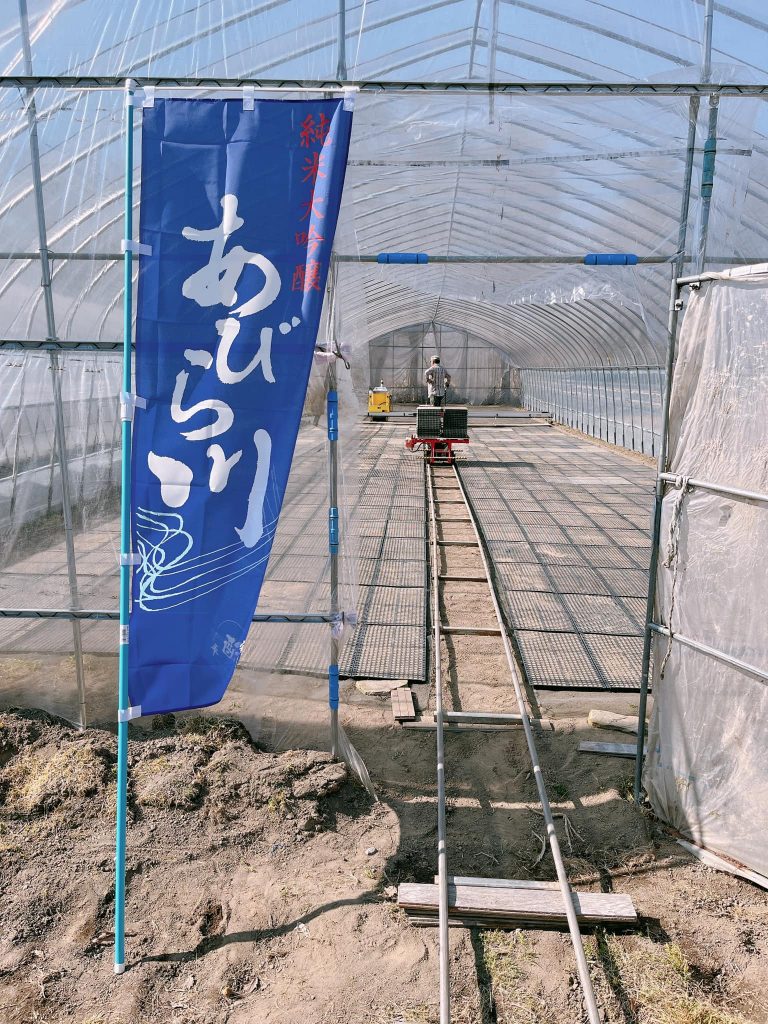Abiragawa News: 2022/04/24
Sake is more than just a drink, the clinking of the porcelain Sakazuki (rice wine cup) in a centuries-old setting is a way of life – a cultural and social experience that has come to define Japanese tradition. Unlike western liquor such as beer and wine, there is only one ingredient aside from water and ferment in Japanese Sake, rice.
The simplicity of ingredients greatly amplifies the characteristics of Japan’s staple food, as minute differences between the hundreds of cultivar, and even between each year’s harvest, is what gives Sake body, flavor, and aroma.
Around April when gorgeous cherry blossoms starts flowering and locals gather around delicate blooms of Sakura with food and drinks to enjoy this fleeting season, farmers work tirelessly to plant crops for next year’s feast.
Although Hokkaido is now the largest producer of rice in Japan, being a crop of tropical origin, growing it in temperate northern soil demands a lot of extra care. Without the right mix of moisture, oxygen and warmth, rice seeds will fail to germinate. Hence, instead of planting them planted directly into the ground, Abiragawa project’s farmers carefully immerse the seeds in brine and pick out the ones float. This step has a dual purpose, removing malformed seeds that hold too little nutrients to support a healthy plant, and sanitizes the seeds to prevent diseases.
The seeds are then placed in nurturing seedling growers, using a special piece of machinery that resembles a garden railroad, a thin layer of soil is laid upon the seeds. Don’t be tricked by the adorable bobbling “train” into thinking this is a walk in the park! Adequate, but not excess sunlight is vital to plant growth, so the topsoil must be meticulously distributed to not completely obscure the seeds. With only one chance to do this each year, not even old-timers can afford to be complacent.
39°Kita will be chronicling the work of Abiragawa Project, a team of three farmers striving to create a Sake dedicated to their lush, green hometown. Stay tuned for a peek into the world of Japanese Sake making from farm to bottle.


Abira: The Town
Just a 20 minute drive from the bustling New Chitose Airport, Abira is a quiet town with all the conveniences of modern Japan, yet scrupulously preserves the natural beauty of this northern island. Known as the birthplace of cheesemaking in Hokkaido and home of award winning horses, Abira town is a hotspot for agricultural and culinary innovation.

- Official Website
- Facebook Page
- 0145-22-2567
- 878 Hayakita Shinei Abira-cho, Yufutsu-gun, Hokkaido 059-1431 Japan
